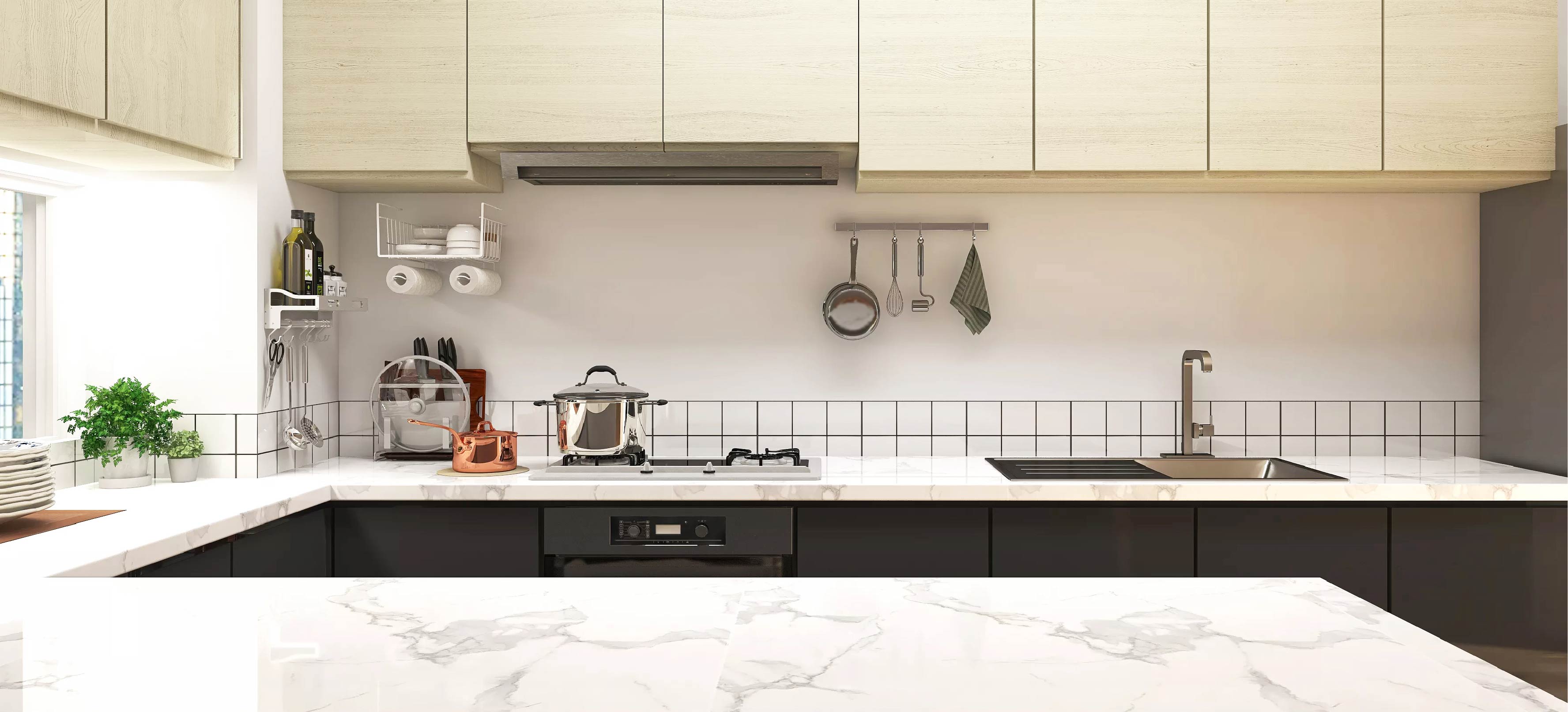Mastering the Art of Home Garden Design
Understanding the Basics
Designing a garden at home is not just about planting flowers randomly; it’s a thoughtful process that requires careful consideration of various factors. Before diving into the design, it’s crucial to assess the available space, soil quality, sunlight exposure, and climate conditions. Understanding these basics lays the foundation for creating a thriving and visually appealing garden that complements the overall aesthetic of your home.

Embracing Ecological Diversity
A well-designed home garden is more than just a collection of plants; it’s a microcosm of ecological diversity. Incorporating a mix of native plants, flowering perennials, shrubs, and trees creates a balanced ecosystem that attracts pollinators, birds, and beneficial insects. By embracing biodiversity, homeowners can create a resilient and sustainable garden that contributes to local ecology and promotes natural pest control, soil health, and ecosystem stability.
Implementing Functional Zones
To maximize the usability and enjoyment of your home garden, consider …



